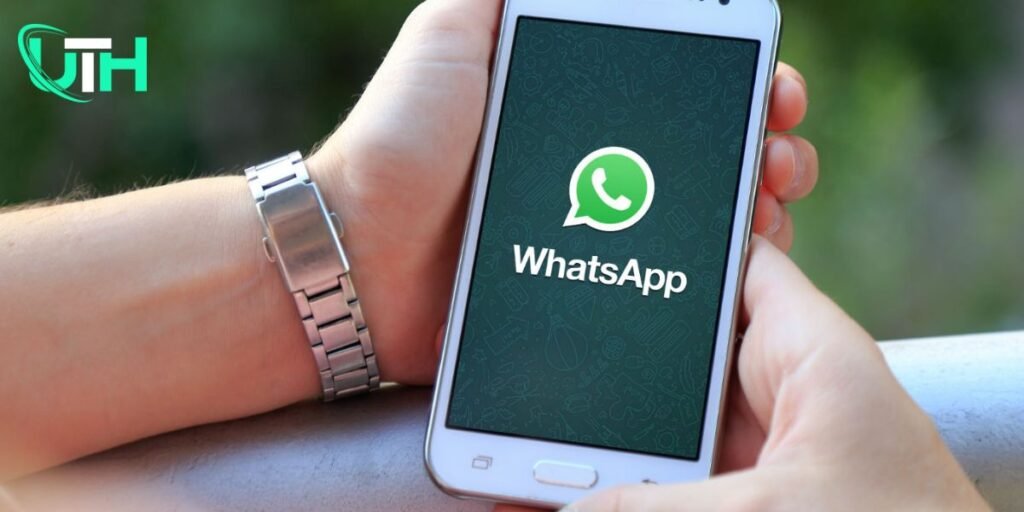Employees receiving phishing messages on WhatsApp is an increasing threat and commonly results from several factors. There are several ways your employees might be receiving phishing messages on WhatsApp:
Phishing Links: These links, changed as legitimate websites, aim to hack personal information like login credentials, credit card details, or social security numbers.
- How they work: Phishing messages often appear to be from trusted sources (banks, social media, delivery services) and may include urgent requests, offers, or warnings. Clicking the link takes the employee to a fake website that looks identical to the real one.
Impersonation: Scammers may impersonate friends, family, or colleagues to gain trust and request sensitive information or money.
- How they work: They might send messages asking for financial help, claiming to be helpless, or requesting login credentials for a shared account.
Malware and spyware: Malicious software can be delivered through infected links or attachments, allowing scammers to monitor activity, steal data, or even control the device.
- How they work: Once installed, these programs can capture keystrokes, record conversations, and access personal files.
How Employees Are Targeted
- Leaked Contact Information
- Data breaches or leaks from third-party platforms may expose employees’ contact details.
- Lists of phone numbers are often sold or shared on the dark web.
- Social Engineering
- Attackers may guess phone numbers based on common patterns or use other compromised contact lists.
- Phishers often impersonate known entities (e.g., HR departments, vendors) to appear credible.
- Broad-Scale Scanning
- Phishing campaigns often target a wide range of numbers in bulk.
- Automated tools can generate and send messages to multiple phone numbers quickly.
- Weak Account Security
- Employees who reuse passwords or use insecure accounts linked to their WhatsApp may inadvertently expose themselves.
- Compromised devices may allow attackers to access contacts.
- Publicly Available Information
- Employees might list their contact information on public profiles (e.g., LinkedIn and company websites).
- This makes it easy for attackers to target them with customized messages.
Characteristics of WhatsApp Phishing
- Impersonation: Attackers pose as a trusted individual or organization.
- Urgency: Messages often create a sense of urgency to provoke immediate action (e.g., “Your account will be deactivated unless you act now”).
- Malicious Links: Phishing messages contain links leading to fake websites designed to steal credentials or install malware.
- Requests for Sensitive Information: Attackers ask for OTPs, passwords, or financial details.
How to Prevent Phishing Attacks:
- Employee Education: Conduct regular training sessions to educate employees about phishing tactics, warning signs, and safe browsing practices.
- Strong Passwords: Encourage the use of strong, unique passwords for all accounts.
- Two-Factor Authentication (2FA): Implement 2FA wherever possible to add an extra layer of security.
- Regular Software Updates: Ensure all devices and apps are updated with the latest security patches.
- Suspicious Message Reporting: Encourage employees to report any suspicious messages or activities to the IT department.
- WhatsApp Security Features: Utilize WhatsApp’s built-in security features, such as privacy settings and two-step verification.
By implementing these measures, you can significantly reduce the risk of your employees falling victim to WhatsApp phishing attacks.
What Employees Should Do
- Do Not Interact: Avoid clicking links or responding to suspicious messages.
- Block and Report: Use WhatsApp’s built-in feature to report and block such messages.
- Check for Scams: Employees should cross-check messages with their company or a trusted contact.
Proactive education, securing data, and implementing robust communication policies can significantly reduce the risk of phishing via WhatsApp. Would you like help creating a specific guide or security policy for your employees? Then, visit the authentic platform given below:
Read More Blogs:
What is smishing and phishing?
Where do I forward Microsoft phishing emails?
What is the difference between phishing and smashing?
